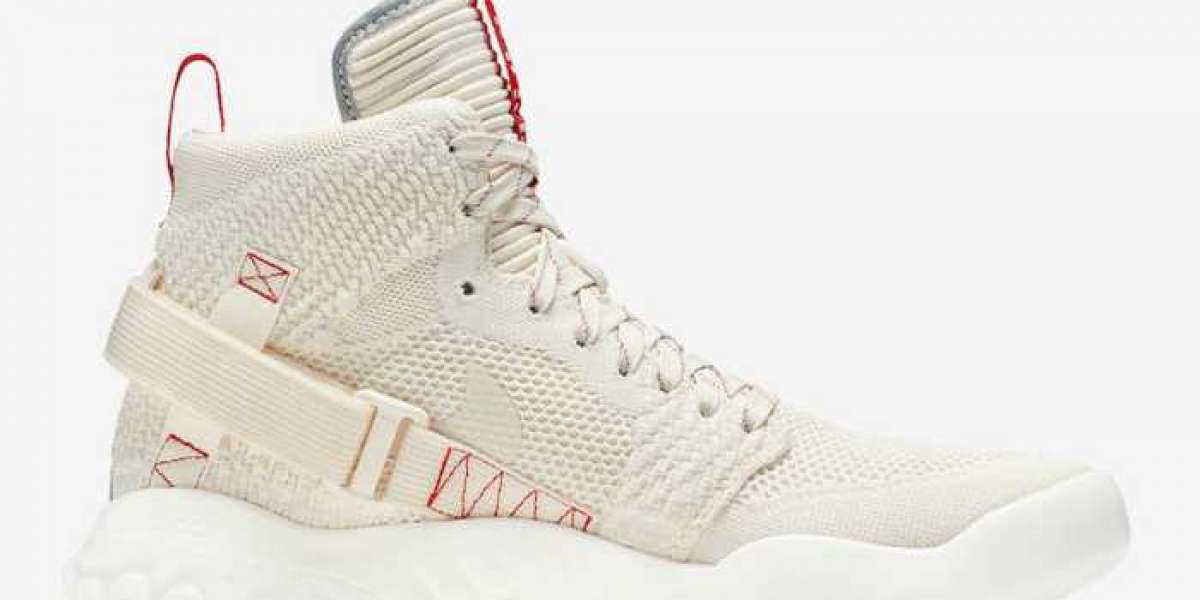There are many cardio-assisting technologies out there today in the medical field which are efficiently saving many lives today. Some examples include Pacemakers, LVAD, ECMO, and many more. Today, we are going to learn in detail about LVADs- Left Ventricular Assist Device
About Left Ventricular Assist Device
LVAD or a Left Ventricular Assist Device is electromechanical equipment created to support blood circulation to partially or completely replace the functioning of a normal heart. Furthermore, some LVADs are for short term use like in case of a person who has recently suffered from myocardial infarction and for patients recovering from cardiac surgery. However, some LVADs are for long term use, typically for patients suffering from advanced heart failure.
Moreover, VADs are designed in such a way which can either support the right ventricle -RVAD or the left ventricle- LVAD. Additionally, a BiVAD is used to assist both the ventricles in case both the ventricles are damaged. Generally, an LVAD expert uses the long-term VAD in a Bridge to Transplantation way. It enables the patient to live and in good condition while awaiting heart transplantation. In some cases, the LVAD expert also uses the LVADs as destination therapy. It means that the patient shall not undergo heart transplantation and will continue to use the LVAD itself for the rest of their life.
Design of an LVAD
An LVAD is basically a pump device. The pump used can be divided into two main types. One is a pulsatile pump. This pump mimics the movement of a real heart and pumps blood continuously. Some pulsatile pump uses positive displacement pumps, whereas some use compressed air as their energy source to pump blood.
The second type is a continuous flow LVAD. They are smaller and more durable than pulsatile pumps. Normally, a continuous flow pumps using either centrifugal pumps or axial flow pumps. Both the types of motor contain magnets which helps the rotors to spin through the electrical signals contained in the pump.
Earlier versions of this pump used solid bearings, however, newer pumps which are approved for use in the EU uses either hydrodynamic suspension or magnetic levitation. These motors consist of only one part which is the rotor.
History of LVADs
The first (LVAD) Left Ventricular Assist Device was created by Domingo Liotta at Baylor College of medicine in Huston in 1962. The first LVAD was implanted in 1963 by Liotta and E. Stanley Crawford. The first successful LVAD implantation was performed on a 37 year old woman by Dr. Michael E. DeBakey in 1966. A paracorporeal (external) circuit provided mechanical support for 10 days after the surgery. The first successful long-term artificial LVAD was implanted in 1988 by Dr. William F. Bernhard of Boston Children’s Hospital Medical centre and Thermedics.
LVAD models
Heartmate I: Heartmate I or simply Heartmate was the first successful artificial LVAD which was operated in a person for long term as mentioned above. It was developed by Inc of Woburn, MA under a contract of National Institute of Health (NIH).
Heartmate II: It was basically developed to be used by a human for a longer period through Destination Therapy (DT) and Bridge to Transplantation (BTT). There are other types of LVADs available in the market but we are not going to go into that much detail.
How to find the best LVAD expert in Delhi?
Delhi being the capital of India has many best LVAD experts. If you feel that you might need an LVAD transplantation you should always look for the best lvad surgeon like Dr. Kewal Krishan. Also, remember, LVAD operation is a totally safe method of treatment and ideally best for patients who have recently undergone bypass surgery or open-heart surgery. It provides their heart with enough rest to heal over time. As discussed above, depending on the level of damage in the right or left ventricle, RVAD, LVAD or BiVAD is operated onto a patient by an LVAD expert.








